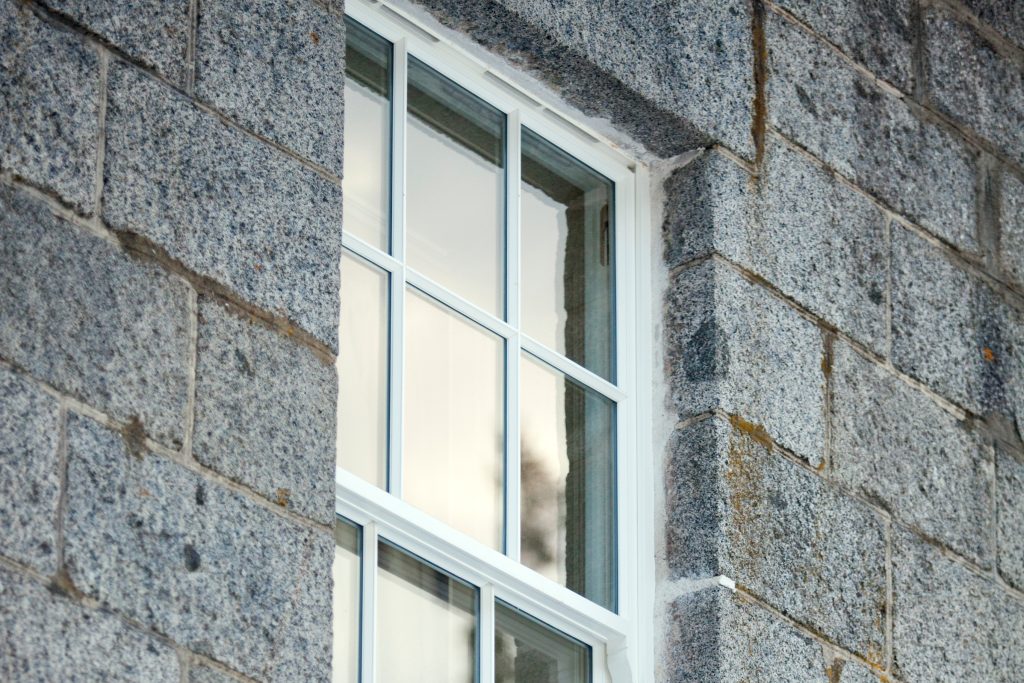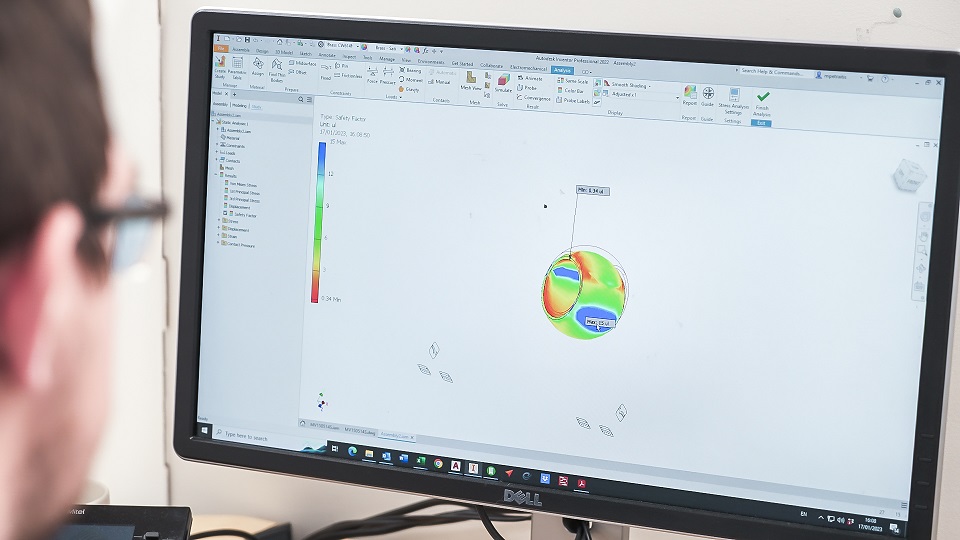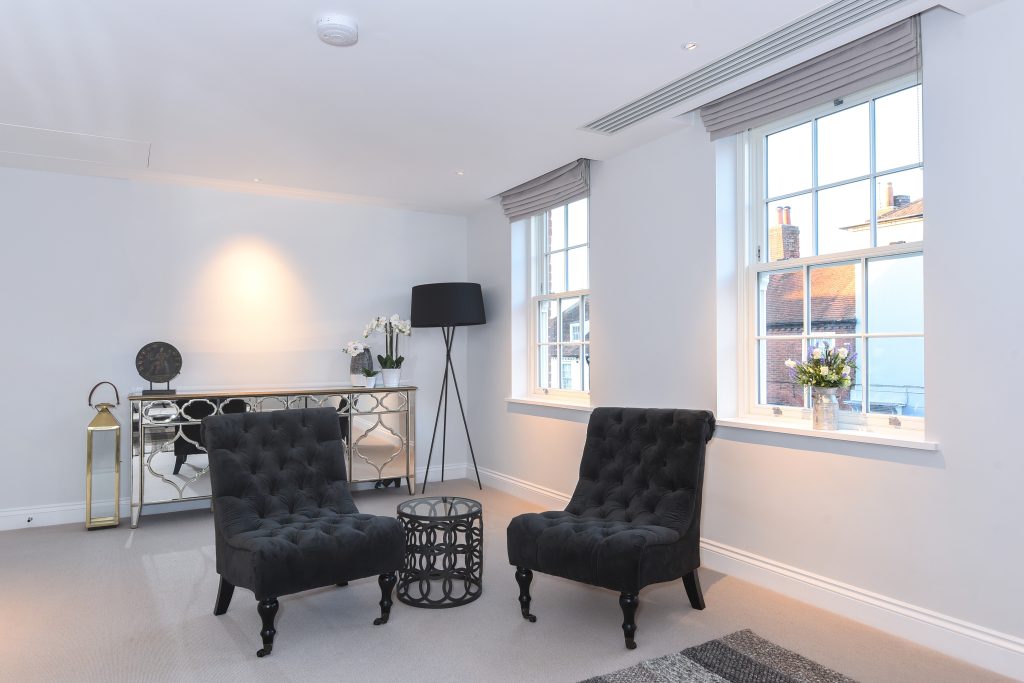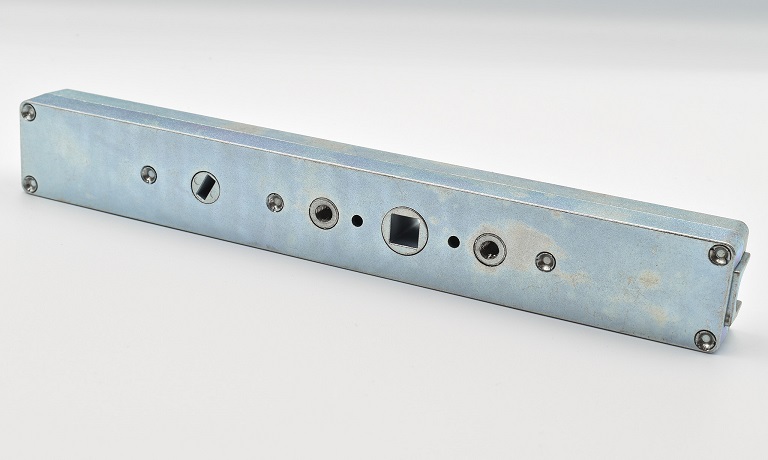Overhead glazing: The options
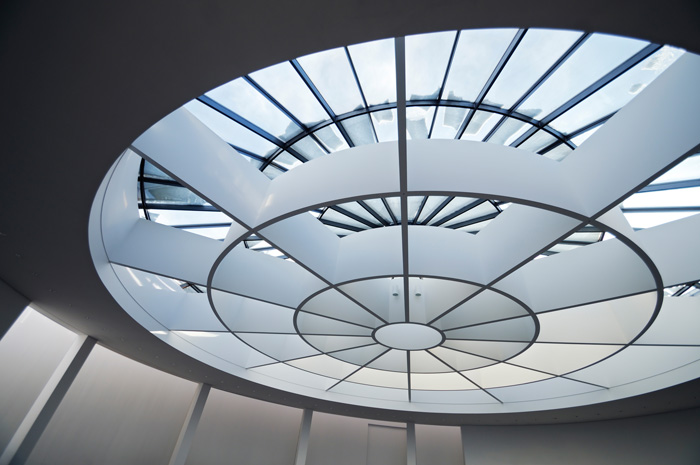
 With the myriad of glass types available, it is often confusing what to choose in terms of safety, thermal and solar performance and balancing cost with the benefits on offer. Here, Richard Burgess, MD of patent glazing and rooflight manufacturer, Lonsdale Metal Company, shares his experience of 30 years in the industry.
With the myriad of glass types available, it is often confusing what to choose in terms of safety, thermal and solar performance and balancing cost with the benefits on offer. Here, Richard Burgess, MD of patent glazing and rooflight manufacturer, Lonsdale Metal Company, shares his experience of 30 years in the industry.
| Glazing Height above floor level | Suitable types for Single Glazing | Suitable types for Double Glazing |
|---|---|---|
| Upto 5 Metres | Toughened, Laminated or Wired Glass | The inner pane must be Toughened or Laminated. The upper pane should be Toughened in either instance. |
| 5 to 13 Metres | Toughened glass not more than 6mm thick and panes not larger than 3sq/m. Laminated or Wired Glass | The inner pane must be Toughened or Laminated. The upper pane should be Toughened in either instance. |
| Above 13 Metres | Laminated or Wired Glass | The lower pane must be Laminated. |
Safety
Safety is the critical factor in overhead glazing and the table above, right, summarises what type of glass complies with current Building Regulations. From time to time, it is desirable to use wired glass in double glazed combinations. However, there is a high risk of breakage due to thermal stress and advice should be sort from the sealed unit manufacturer.
It is not recommended to use toughened glass in single glazing or to the inner pane of double glazed units over swimming pools, food and beverage preparation units or any areas where the small broken pieces, characteristic to this glass type, could cause injury due to contamination. In these situations, laminated glass or polycarbonate would be the best choices.
Double glazing
More or less without exception, the outer pane of a double-glazed unit should be toughened glass. The inner pane may be toughened or laminated depending upon location and height above ground. Generally, two sheets of toughened glass provide the most economical solution for domestic projects where the rooflight is no more than 5m above floor level. If the height exceeds this, then laminated glass should be used for the inner pane. When it comes to performance, the following are features to consider: Low-e coating – offers improved thermal efficiency retaining more heat within the building.
Triple glazing
All of the above glass types can be combined in a triple glazed unit, achieving both improved sound insulation and U-values as low as 0.60W/mK. Consideration however, must be given to the additional weight and handling during installation.
Large pane rooflights
The most economic glass tends to be 4-6mm thick, which rarely can be installed wider than 1,000mm, hence most domestic roof lantern and conservatory installations featuring glazing bars every 600 to 900mm. However, with the current trend for flat rooflights, single pane rooflights can be installed up to 3m x 6m in one pane of glass.
This calls for specialist manufacturing and installation by experienced companies with the necessary handling equipment and expertise. Much thicker toughened and laminated glass is required so as not to deflect and care must be taken to ensure compliance with Building Regulations and wind & snow loads.















